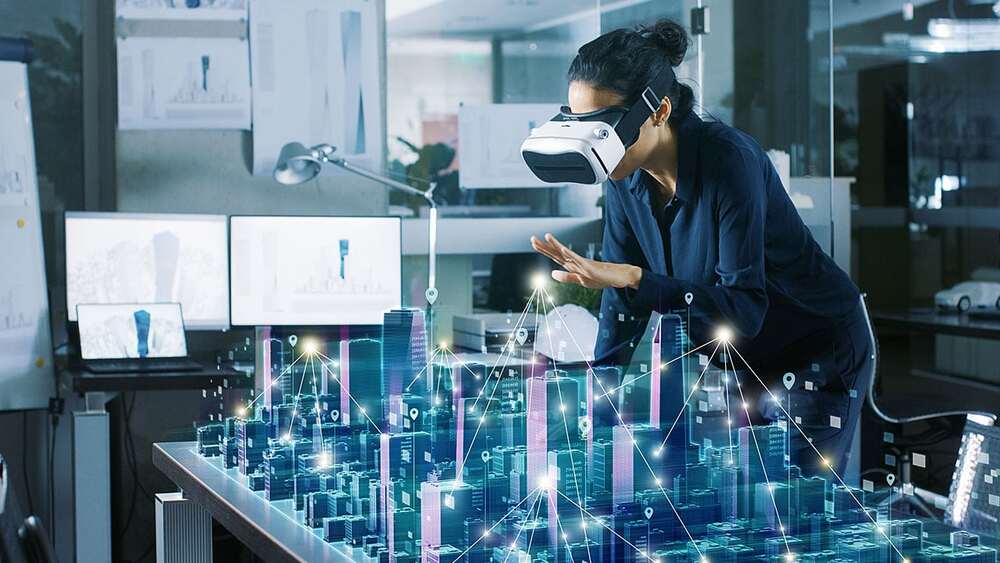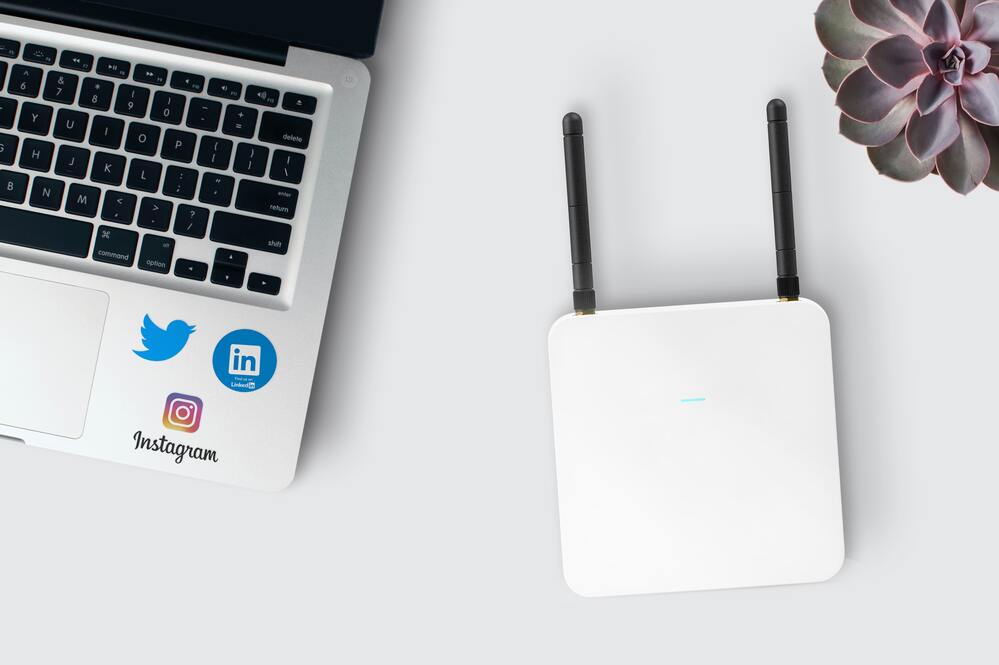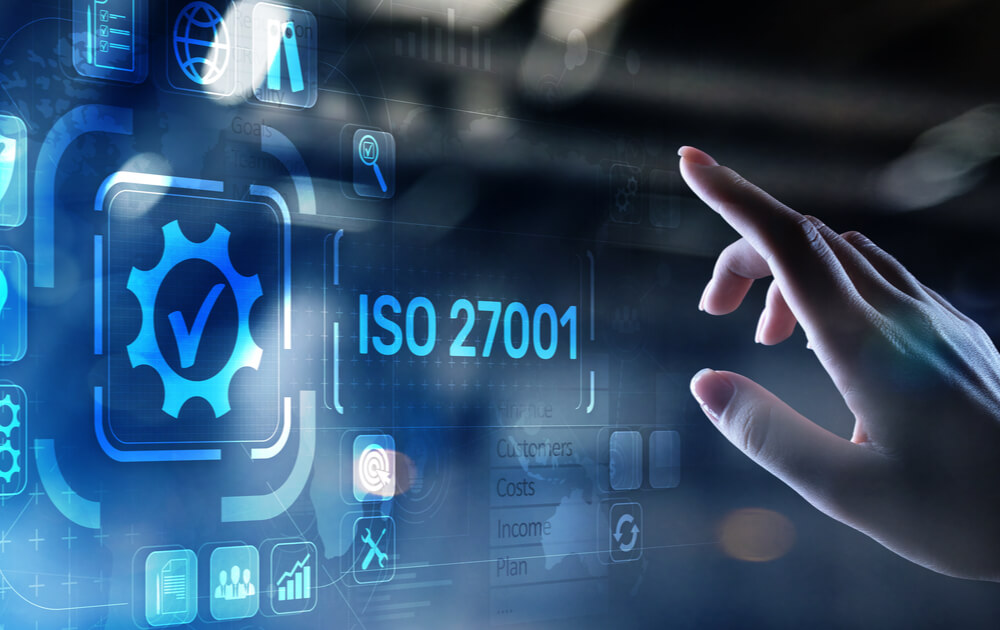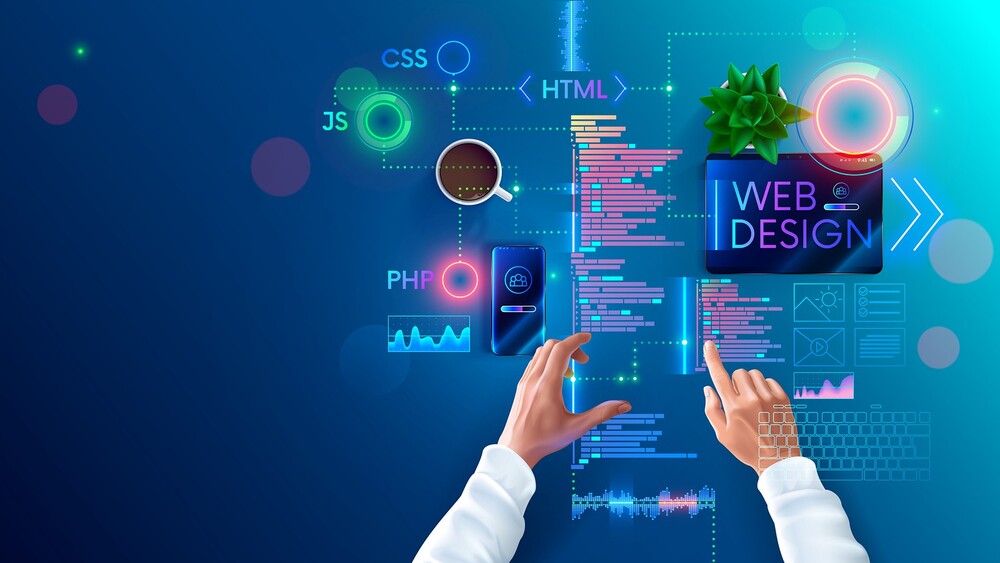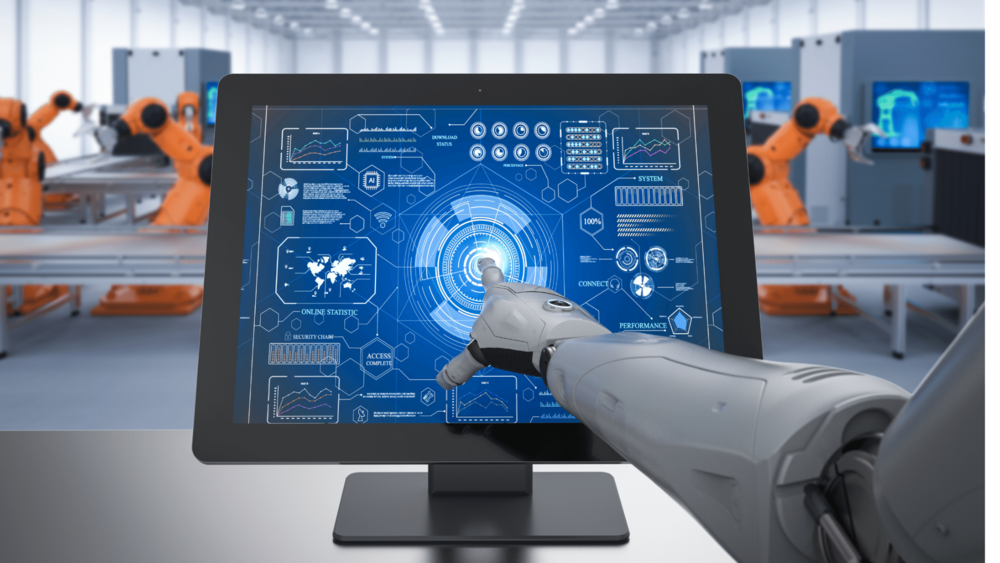The field of industrial design is constantly adapting and evolving. As new possibilities become clear and new technology becomes available, there are changes to every aspect of design – from conceiving the design to managing the project.
In this article, you will learn about the five trends that will be shaping the future of industrial design.
-
Digital twins
This technology has been around for some time now, but only now has it started to affect the field of industrial and product design in a major way. A digital twin is a replica of something physical that has been digitally rendered. Since they are designed by placing sensors around and on the physical objects, they give engineers an unprecedented insight into its workings and performance. This digital design, whether it is of an aircraft engine or a building component, reflects the emerging problems or chances with performance. Engineers can use the digital version for testing solutions that are then implemented to the real physical object.
-
3D printing
3D printing has changed the nature of engineering in some aspects. It is not only providing a way of manufacturing products that can be used in projects, but also a way of testing designs and producing models. From components or automobiles and airplanes to a structure of printed homes, there is nothing that 3D printing can’t do. As technology continues to become better and more available, this practice will become mainstream in the industrial and product design industry.
-
Virtual site inspection
There is also a trend towards virtual inspection, especially in construction sites and building projects. Because of the COVID-19 and use for less in-person contact and more remote work, this trend will become even more popular in the future. Virtual site inspection not only removes the need for in-person inspections, but these virtual measures also simplify inspection while maintaining quality and improving safety. However, in order to do virtual site inspections, cutting-edge technology such as drones or 360-video devices are required, all of which should be able to transmit data wirelessly and withstand long use. Improvements in wireless networks and printed circuit board capability have been helping to make virtual site inspection possible.
-
Sustainability
All the trends mentioned above are more function and design. But there is an increased need for sustainability in the field of industrial and product design. As the world is focusing on preserving the environment, the fair amount of pollution and waste caused by the construction and engineering industries has been noticed. Moving forward, there will be more emphasis on the principles of green engineering like waste elimination, effective resource use, renewable resources, and alternative material.
-
AI & Robotics Deployment
The field of Artificial Intelligence and Robotics has been advancing rapidly and the industrial and product design industry is already enjoying the countless benefits and opportunities offered by this fairly broad category. These are capable of analyzing projects, monitoring materials, coming up with solutions, and even carrying out the physical projects in a way that makes the job of humans simpler and safer. Even though this field has been in existence for a long time, it is constantly evolving. Ai is being adapted and tweaked to new functions to make it better. With the advent of quantum computing, robotics and machine learning will be able to reach new heights.
All the above-mentioned trends will be simplifying industrial design projects and assisting engineers while redefining the complete industry.
